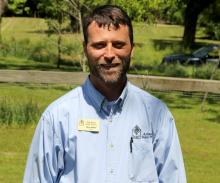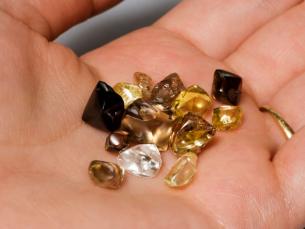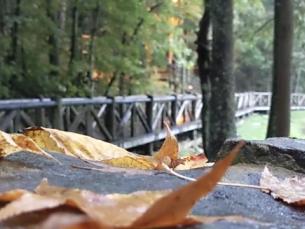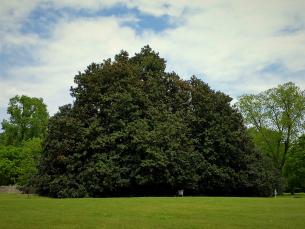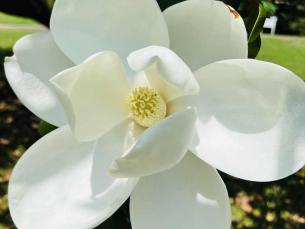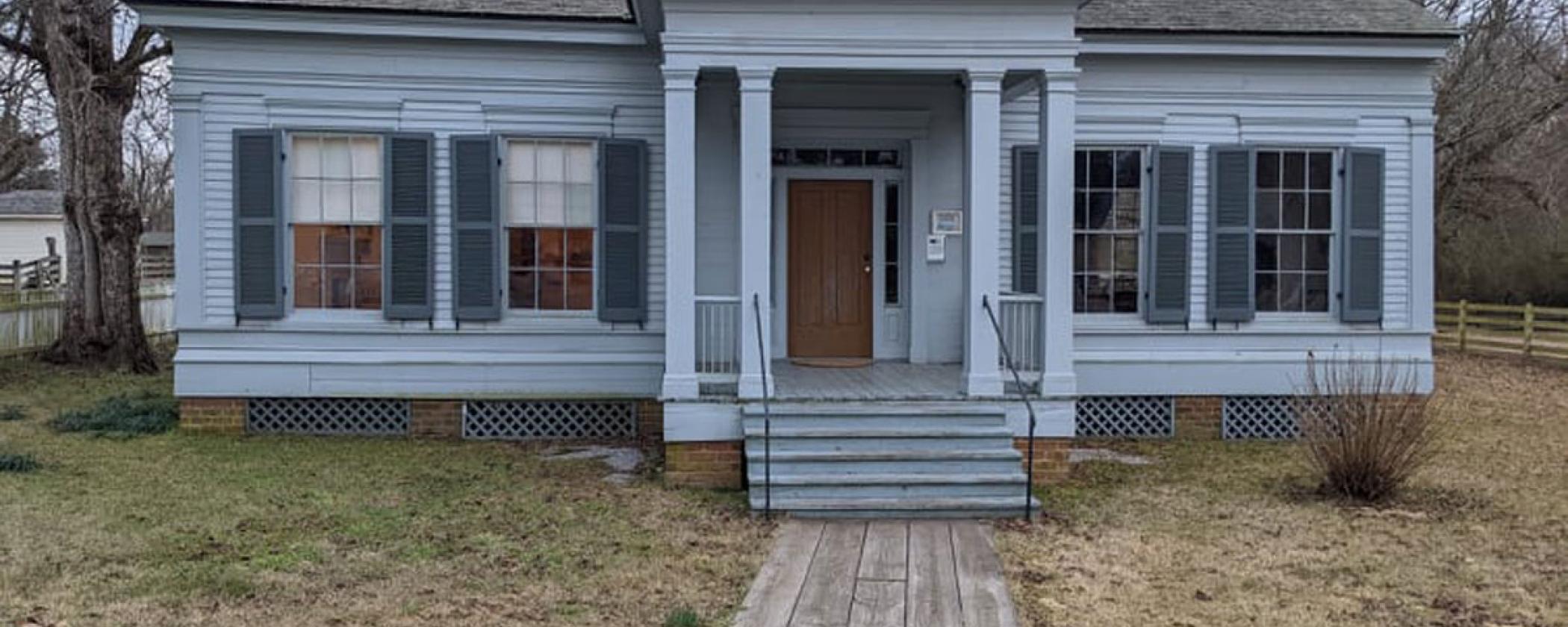
Historic Windows in the Crouch House at Historic Washington State Park
By: Chris AdamsHave you been to any type of historic house museum and noticed minor distortions in the glass windows? If you look closely, you will notice vertical or circular lines, bubbles, waves, and varied thicknesses. Do you wonder what these distortions are and why they exist?
This is where a tour of the Crouch House at Historic Washington State Park will assist you. The Crouch House features a panel displaying the different processes for making window glass. It is part of Historic Washington’s “Get to Work” tour, featuring the Crouch House, the Purdom House and the Royston Townhouse. The Crouch House tour details construction methods and technologies were utilized from 1824 to 1880.
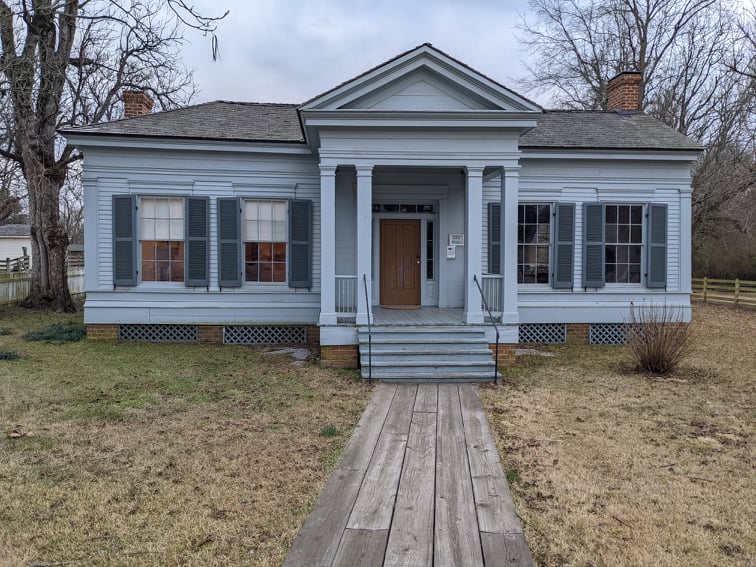
The Crouch House, originally located one-fourth of a mile southwest of Washington on U.S. Highway 195, was built c.1856. Early in 1980, the Pioneer Washington Restoration Foundation purchased the house and the house was moved to its current location to be preserved and restored. It sits on the lot of an earlier house of the same type, which had burned in 1903. This placement helped restore the visual landscape of Washington.
As you proceed through the front door of the house, to the left, in the second room is where you will find the display detailing how the window glass was made for this house and others in the park.
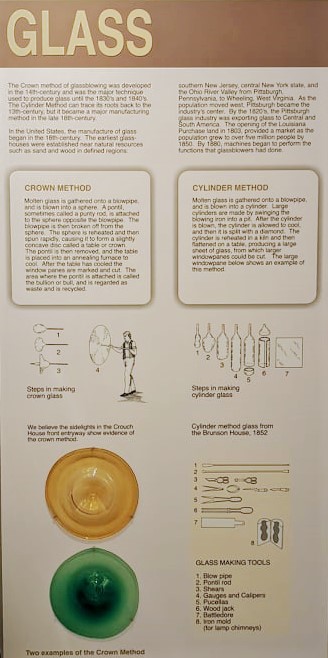
What we have in our homes today is called float glass or a variation of it. When you look out of modern float glass, it looks almost perfect.Objects outside are crystal clear, and it is almost as if the glass is not there. The handblown glass of the 19th century was much different.Convex and cylinder glass has bubbles, it is wavy and has varied thickness. This is all due to the blowing and spinning of the glass.
In convex glass, the molten glass begins as a sphere that is cut open and spun.The centripetal force of the spin flattens the glass. With this technique, the size of the window you can make is limited. After cooling down, the disk is cut into small panes. Hence, many 18th and early 19th century homes have large window frames but smaller glass windowpanes. The sidelights to the entrance of the Crouch house are believed to be done via the crown method.
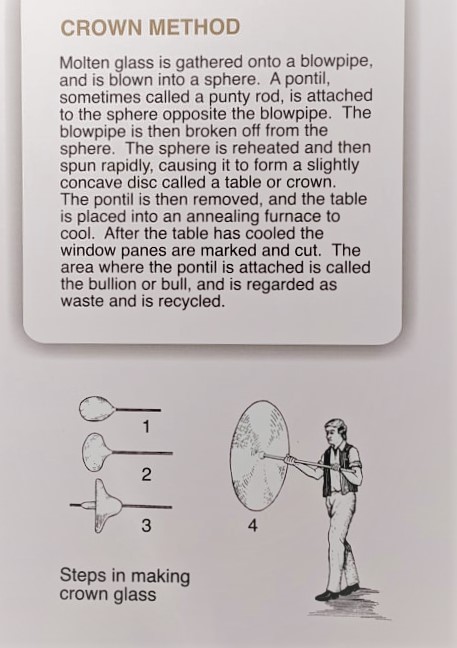
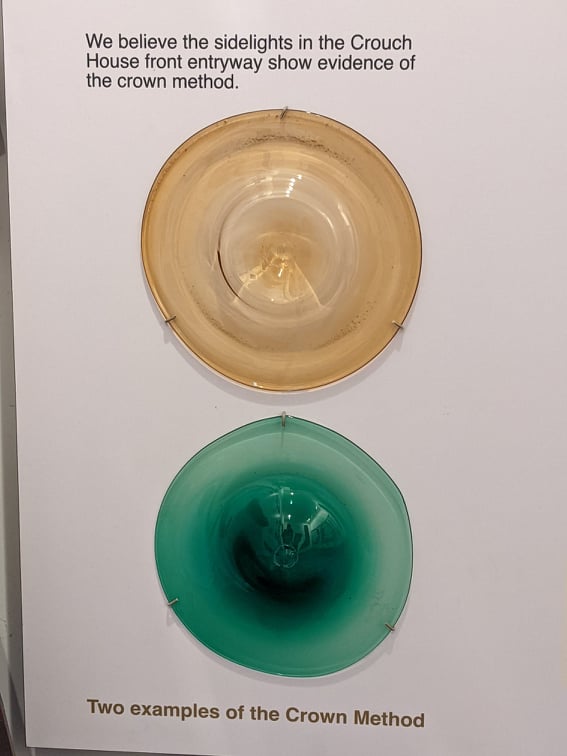
On the other hand, the cylinder glass starts as a sphere and is spun over a pit. Gravity assists in creating an elongated tube. After the glass tube cools, it is scored and reheated to flap open and while still warm, rolled flat as a piece of glass. With this method, larger frames of glass are created. This type of glass is prevalent in Historic Washington’s Brunson Home.
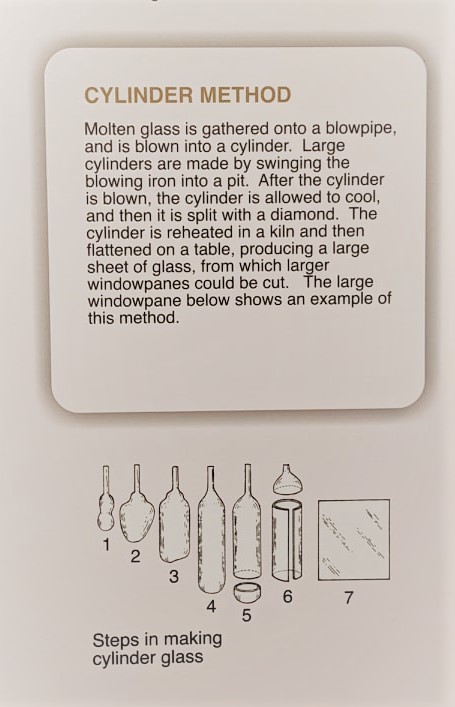
One of the more fun things people on tour love is getting informational tidbits they can use at parties to impress their friends. A common myth is that glass starts to flow downward as it ages. This is the melting glass effect. However, this notion is incorrect. They have an uneven thickness because in the making of convex glass, the spinning creates glass that is thicker in the center than the outer edges. Scientists say that it would take over a million years for glass to flow even a microscopic amount. The glaziers would put the thicker part of the glass at the bottom of the pane to add to the stability. Now you know and can be a history mythbuster!
Well, there you have it. Next time you look at a historical house or another 19th century structure and notice the imperfections in the windows, you now know why. If learning about 19th-century construction methods and technology like these interests you, visit Historic Washington State Park and take the tour “Get to Work.” We are sure you will enjoy this and any of the many other tours we offer.
